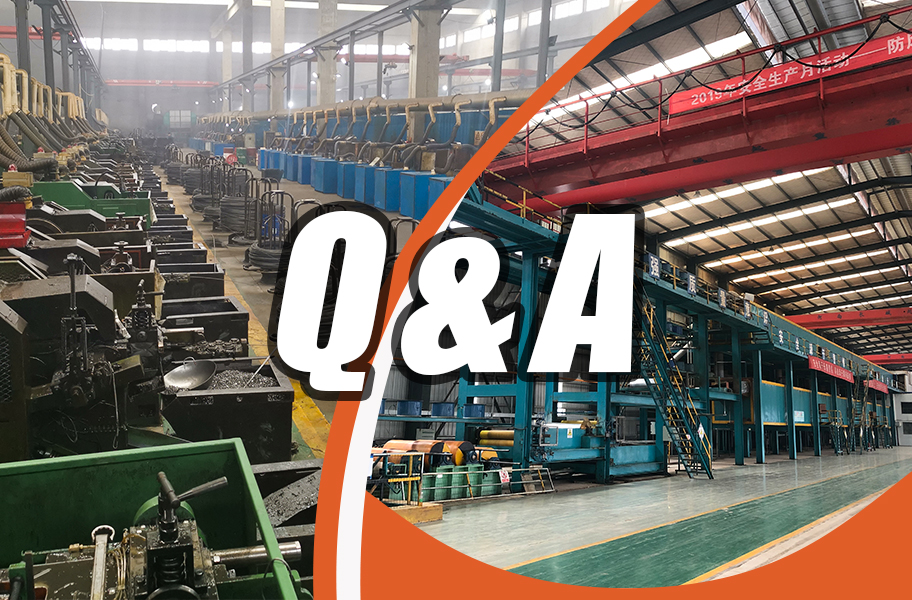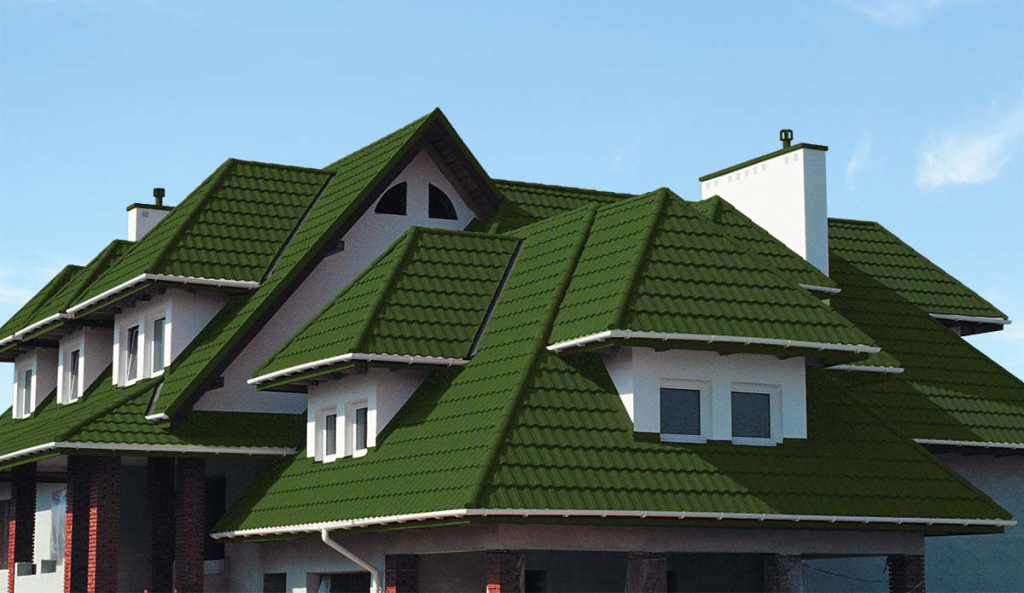
Color-coated coil products, featuring coated surfaces applied during manufacturing processes, have found widespread applications in industries such as construction, automotive, and appliances. As technology and markets evolve, color-coated coil products have undergone significant transformations in appearance, performance, and environmental impact.
1. Sustainable and Eco-friendly Coatings
In the global context, sustainable development has become a major focus. The future of color-coated coil products may witness a shift towards more environmentally friendly and sustainable coatings. This trend could encompass the following:
1.1 Water-Based Coatings
Water-based coatings, with lower environmental impact compared to solvent-based alternatives, may see increased adoption. This shift can contribute to the reduction of volatile organic compound (VOC) emissions, enhancing the environmental friendliness of the production process.
1.2 Powder Coatings
Powder coatings, a solvent-free coating technology, may gain popularity as an environmentally friendly option. Future research and development efforts might focus on improving the performance and application areas of powder coatings.
2. Advanced Coating Technologies
Advancements in coating technologies are anticipated as technology continues to progress. Future coatings may exhibit enhanced durability, weather resistance, and corrosion resistance. Potential areas for development include:
2.1 Weather and Corrosion Resistance
Future coatings may emphasize improvements in weather and corrosion resistance, ensuring prolonged aesthetic appeal and superior protection in adverse environments.
2.2 Nanotechnology Applications
The development of nanotechnology may find applications in coatings. Nanocoatings could offer unique properties such as self-cleaning or antimicrobial features, contributing to innovative solutions in color-coated coil products.
3. Customization and Design Innovation
Growing demand for personalized and customized products may drive manufacturers to offer a broader range of colors, patterns, and textures, catering to diverse architectural and design requirements.
3.1 Advanced Color Matching Technologies
Future trends may include more sophisticated color matching technologies, allowing users to achieve precise color selections to meet specific project or brand requirements.
3.2 Application Technology Innovation
Innovations in application technologies may lead to unique appearances and textures in color-coated coil products, differentiating them in the market.
4. Digitalization and Industry 4.0
The advent of the digital age and the implementation of Industry 4.0 concepts may bring about transformative changes in color-coated coil production processes.
4.1 Digitalized Production Processes
The integration of digital technologies could enhance efficiency through data-driven processes, advanced production planning, and control systems, resulting in higher production efficiency and lower costs.
4.2 Smart Manufacturing and Automation
Industry 4.0 principles encompass smart manufacturing and automation. In color-coated coil production, this might involve increased automation and the use of robotics in the coating process to ensure consistency and quality.
5. Energy Efficiency
Energy efficiency remains a crucial focus in manufacturing. Future trends in color-coated coil production may include more energy-efficient coating processes to reduce the environmental impact of production.
5.1 Efficient Coating Equipment
Future equipment may prioritize energy efficiency, contributing to a more sustainable production process by utilizing energy more effectively.
5.2 High-Performance Insulation Coatings
For specific applications, the development of high-performance insulation coatings could be a key direction, helping to reduce energy losses.
6. High-Performance Coatings for Specific Industries
As industries demand higher performance standards, color-coated coil products may become more specialized to meet the unique requirements of sectors such as automotive and construction.
6.1 Automotive Industry
Automotive manufacturers may seek coatings with higher corrosion resistance, wear resistance, and scratch resistance to ensure the prolonged appearance of vehicles.
6.2 Construction Industry
The construction industry may require coatings with specific functionalities, such as improved reflective properties, to enhance the energy efficiency of buildings.
7. Regulatory Compliance and Standards
With strengthening environmental regulations, color-coated coil manufacturers may face stricter compliance requirements. Future developments might include:
7.1 Low Volatile Organic Compound (VOC) Coatings
The adoption of low VOC coatings aligns with environmental regulations, and future coatings may place a greater emphasis on reducing their environmental impact.
7.2 Green Certifications and Standards
Manufacturers may seek green certifications to demonstrate compliance with specific environmental standards, enhancing the market competitiveness of their products.
8. Collaboration and Partnerships
Future trends may involve increased collaboration among manufacturers to drive innovation and meet market demands. This could include collaborations between:
8.1 Manufacturers
Collaboration between manufacturers from different sectors may drive innovation in color-coated coil products, such as partnerships between coating technology companies and material manufacturers.
8.2 Research Institutions and Industry
Closer collaboration between manufacturers and research institutions may lead to joint development efforts in new coating technologies and materials.

Conclusion
Color-coated coil products, widely used in various industries, are poised for continuous innovation and development. Sustainable practices, advanced coating technologies, customization and design innovation, digitalization and Industry 4.0, energy efficiency, specialized coatings for specific industries, compliance with standards, and collaboration and partnerships are potential directions for future development.
However, it’s essential to note that these trends are speculative based on current industry developments and technological trends. Actual directions may be influenced by various factors, including economic conditions, market demands, and government policies. For a comprehensive understanding of future trends, staying updated with the latest industry reports, technological news, and relevant research is recommended.



